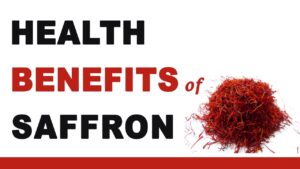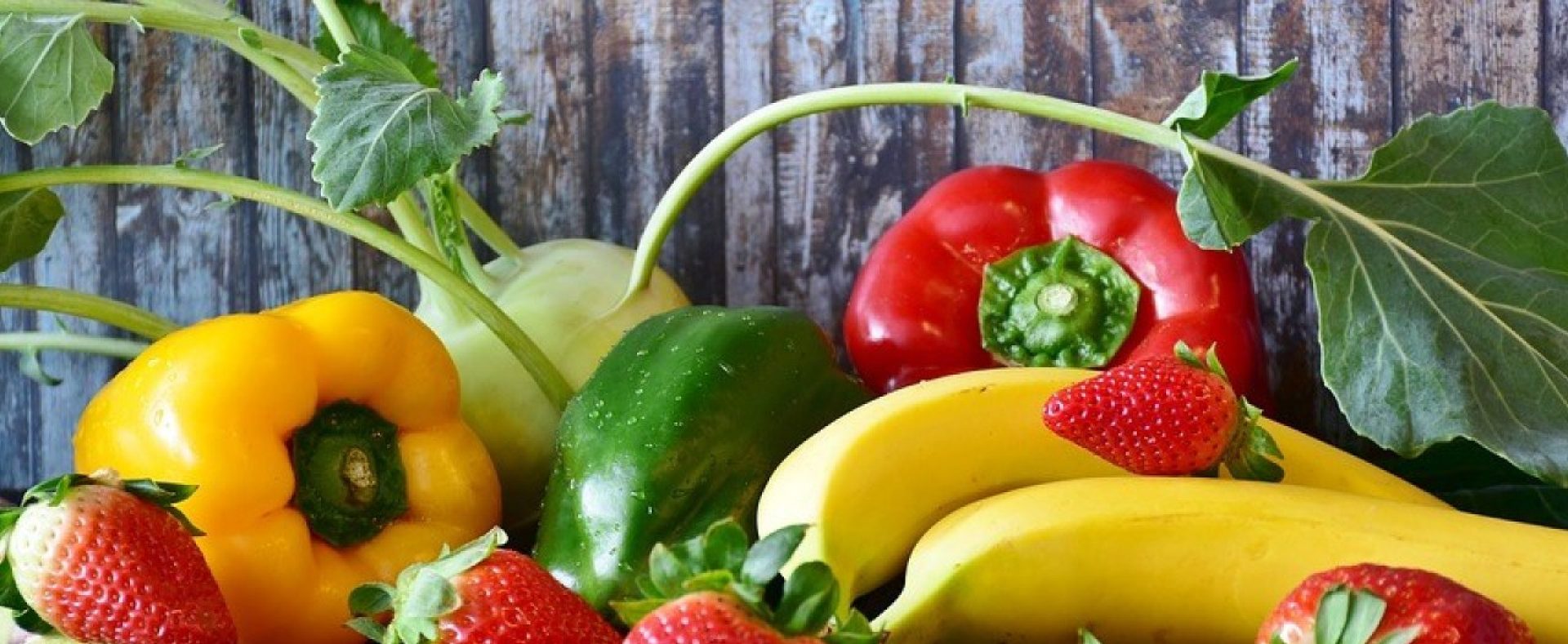
” Saffron, or Kesar, is a spice which is derived from the flower of Crocus Sativus, commonly known as the ” saffron crocus “. The vivid crimson stigma and stylis, called threads, are collected and dried for use mainly as a seasoning and colouring agent in food. Saffron has been the world’s costliest spice by weight. It is also known as RED GOLD.
Saffron has a very sweet and floral taste and an earthy and complex flavour.
In India, saffron is cultivated mainly in Jammu and Kashmir, and to a lesser extent in Himachal Pradesh. On November 11th. 2021, the first crop of saffron was produced in a cold storage in Karnataka.
It is believed that saffron originated in Iran but it is also cultivated in Spain, Greece and Moscow.
Nutritional Content of Saffron:
- 100 GM’s of saffron contains 6 GM’s of fat, 148 mg. of sodium, 1724 mg. of potassium, 65 gms of total carbohydrate, 3.9 gms of dietary fibre, 11gms of protein, 61% iron, 66% magnesium, Vitamin B6 and Vitamin C.
- Antioxidants like crocin, crocetin, saffranal and kaempferol are present in saffron.
- Crocin and crocetin are carotenoid payments responsible for saffron’s red colour.
- Saffranal gives saffron it’s distinct taste and aroma.
- Kaempferol is found in the flower petals and is linked to anti – depressant activity.
Improving depression and mood: Crocin, crocetin and saffranal, the anti – oxidants present in saffron contain anti – depressant properties and hence improve the mood and treat symptoms of mild to moderate depression. Hence, saffron is also called the saffron spice.
Anti – cancer properties: Crocin, the main anti – oxidant in saffron, make cancer cells more sensitive to chemotherapy drugs. Saffron has been shown, especially in colon cancer to selectively kill cancer cells and suppress their growth and leave healthy cells unharmed.
Alzheimer’s disease: Taking saffron by mouth might marginally improve some symptoms of Alzheimer’s disease. In Japan, saffron is used in the treatment of memory loss and Parkinson’s disease .
Anti – inflammatory: Saffron contains powerful antioxidants and, as a result is an excellent anti – inflammatory.
Patchy baldness: Saffron mixed with mulethi ( licorice ) and milk makes an effective topical application to induce hair growth in alopecia.
Pre – menstrual symptoms: Saffron is useful for treating pre – menstrual symptoms. Consuming saffron and also simply smelling saffron for 20 minutes helped reduce PMS symptoms like anxiety and lowered levels of the stress hormone cortisol.
Aphrodisiac properties: Saffron has aphrodisiac properties for both men and women and may especially help those who are taking anti – depressants.
Side effects of Saffron:
- Saffron that tastes bitter, metallic or plastic are varieties of adulterated saffron.
- Please buy only known brands of saffron.
- Have saffron in moderation. An overdose can cause drowsiness, stomach problems, nausea and vomiting. Doses of 5 gms or more can poisoning. A few strands is all that is required .
All the best and happy healing from Naturally Dimpi !

